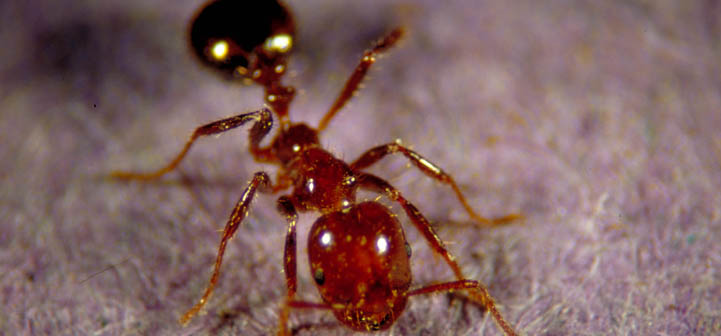
Janet was hired by Texas A&M AgriLife Extension in 2001 to oversee the Texas School integrated pest management (IPM) program. In 1991, the Texas Legislature passed a law requiring that pests in and around school buildings be managed using integrated pest management. In 2007, the Legislature updated the laws defining regulatory guidelines. Texas is one of the few states that mandate all IPM coordinators attend a six-hour training course on the basics of IPM principles and specific state regulations.
A solid integrated pest management program can assist a school district in many ways. IPM offers schools not only a way to manage current and future pest problems, but it also allows school personnel to stay vigilant on environmental issues such as asbestos, indoor air quality, hazard communication and science chemical monitoring. With IPM, coordinators and their trained personnel can monitor buildings for current and future pest problems through monthly inspections.
In schools, “pests” can be broadly defined as anything that distracts students from learning. German cockroach infestations not only distract students, but are known as potent asthma triggers which cause absenteeism. It is estimated that 26 percent of the general population in the U.S. reacts negatively to German cockroach allergens, the most common indoor cockroach. It has been reported that 37 percent of children with asthma living in the inner-city were sensitive to cockroach allergens. Sensitization lead to asthma and lost school days, lost days at work for caregivers and loss of sleep for both children and caregivers. It is worth noting that 12.8 million school days are lost per year due to asthma alone.
Pest infestations and allergic reaction to pest exposures are frequent in schools. While it is difficult to definitively prove the link between chronic pesticide exposure and presentation of disease symptoms, it is prudent to minimize the risk of unnecessary pesticide exposure as well as minimizing the risk caused by pests by using an IPM approach. The risk due to pesticide exposure can be minimized by the selection of application methods that target treatments versus selecting a method that applies product in a broadcast fashion.
Even though the school district appoints an IPM coordinator to oversee the pest management program, it truly takes the entire district to ensure that school buildings are maintained at a high level of safety. IPM is not pest management; it’s people management. When teachers, custodians, nurses, child nutrition directors and administrators understand their role within the program, it leads to happy, healthy children. Children who can focus more on learning than pest and indoor allergen triggers will do better in school and that is something we all want.
Janet is an Extension Program Specialist with Texas A&M AgriLife Extension. She has a bachelor’s in Community Health from Texas Woman’s University and Master of Public Affairs from the University of Texas at Dallas.
Janet A. Hurley, MPA
Extension Program Specialist II – School IPM
Texas A&M AgriLife Extension Service
Southwest Technical Resource Center
17360 Coit Road
Dallas, Texas 75252
Phone: (877) 747-6872 or (972) 952-9213
Fax: (972) 952-9632
Email: ja-hurley@tamu.edu
Web: https://schoolipm.tamu.edu
Facebook: http://facebook.com/SchoolIPMTexas
Web for bats: http://agrilife.org/batsinschools/
